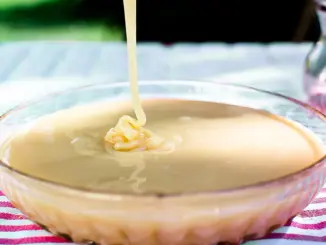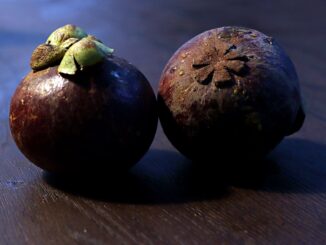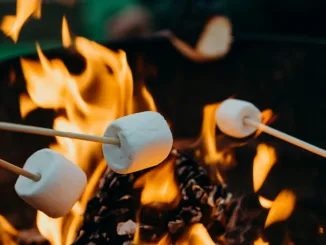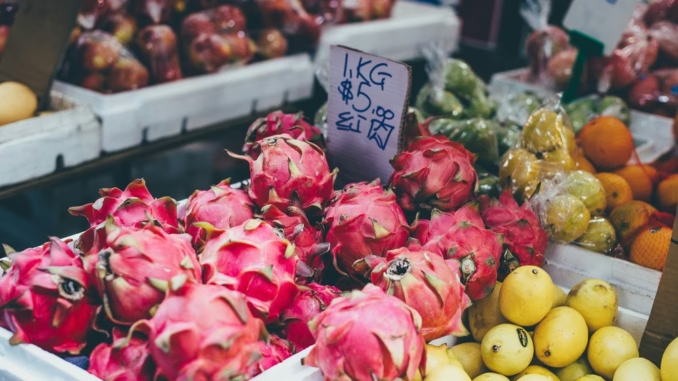
Dragon fruit is finding a place in specialty-coffee shops around the world. Today, we trace the ingredient’s roots in Latin America and Southeast Asia.
BY EMILY JOY MENESES
ONLINE EDITOR
Featured photo by Annie Spratt
One of my favorite things about visiting my relatives in Southeast Asia last year was exploring the fruit stands: wooden carts stacked high with colorful delicacy upon delicacy, many of them difficult (or at least expensive) to get here in the United States. Growing up, my parents, who had immigrated from the Philippines to the United States, would tell stories of these fruits of their childhood—passion fruit, soursop, durian, and the infamous dragon fruit—which we could only get our hands on once in a blue moon in Los Angeles.
Fast forward to today, and dragon fruit is becoming somewhat of a household name amongst coffee and beverage enthusiasts, even finding a place in Torani’s syrup lineup and on café menus around the world. In today’s installment of “Know Your Ingredients,” we’ll explore the fruit’s origins, historical use, and cultural significance, as well as how a variety of coffeehouses are showcasing its vibrant color and bright flavor.
Flavor Profile + Early Cultivation
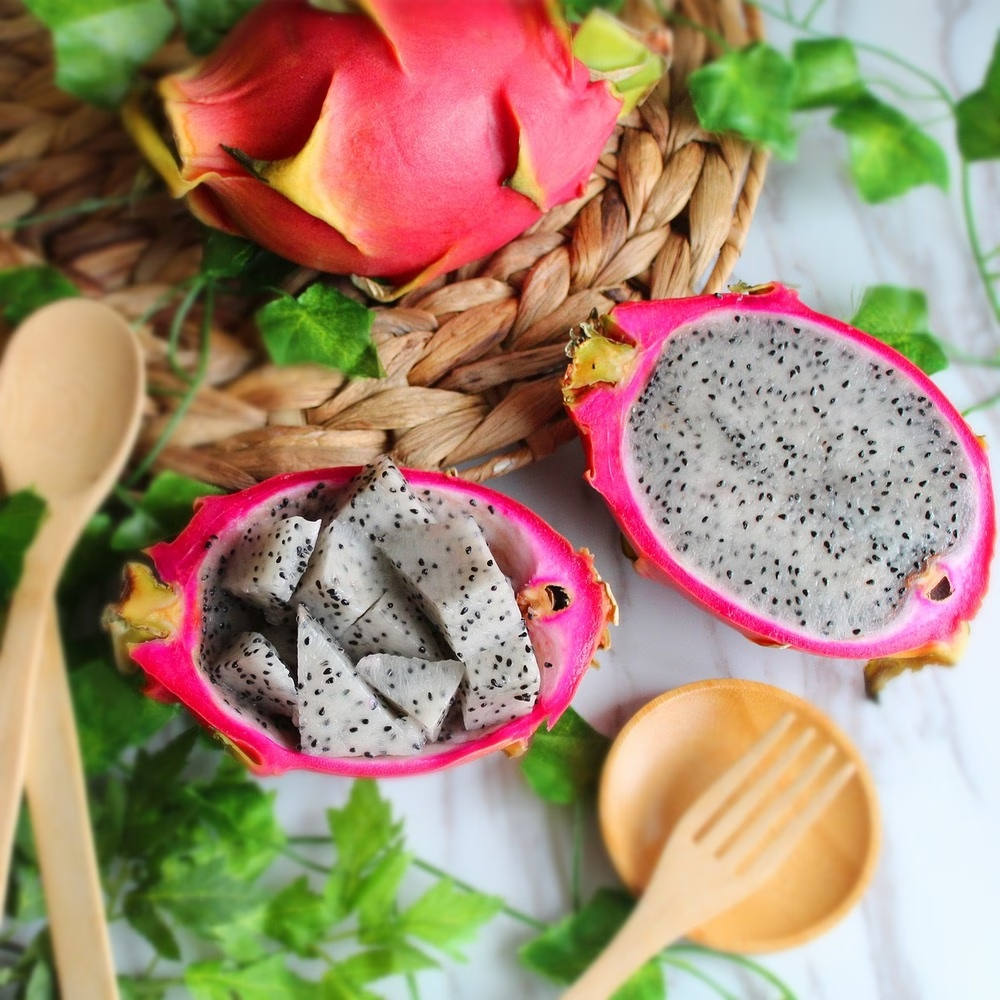
Dragon fruit grows on climbing cactus trees, which can thrive in both dry and humid environments and require little water and ample sun. The flavor of dragon fruit is somewhat of a cross between pear and kiwi with a hint of citrus: refreshing, mildly sweet, and slightly tart and tangy. The fruit has a soft texture similar to that of a ripe kiwi, and can be scooped out with a spoon. What stands out the most about this fruit is its bright pink, spiky exterior that resembles a dragon, hence the name.
Today, dragon fruit is prevalent in Southeast Asia (Vietnam is currently the world’s top exporter), but the earliest dragon fruit cultivation and consumption can be traced to modern-day Mexico and Central and South America. Some of the earliest mentions of dragon fruit were found amongst Aztec ruins, and many historians believe cultivation began even long before then. The ancient Aztecs and Mayans saw the fruit as sacred, often offering it to the gods in spiritual ceremonies. Eventually, the fruit was introduced to Vietnam by French colonizers and became an integral part of Southeast Asian culture.
Another interesting feature about dragon fruit is that its blossoms bloom only one evening per year. Once they’ve bloomed, fruit will begin to form, and, on average, the climbing cactus trees can produce fruit for around 20 to 30 years.
Dragon Fruit at Specialty Cafés
Dragon fruit stands out on any café menu. Here are a few of our favorite beverages including the ingredient!
Dragon Fruit Latte: Saucier Coffee Shop
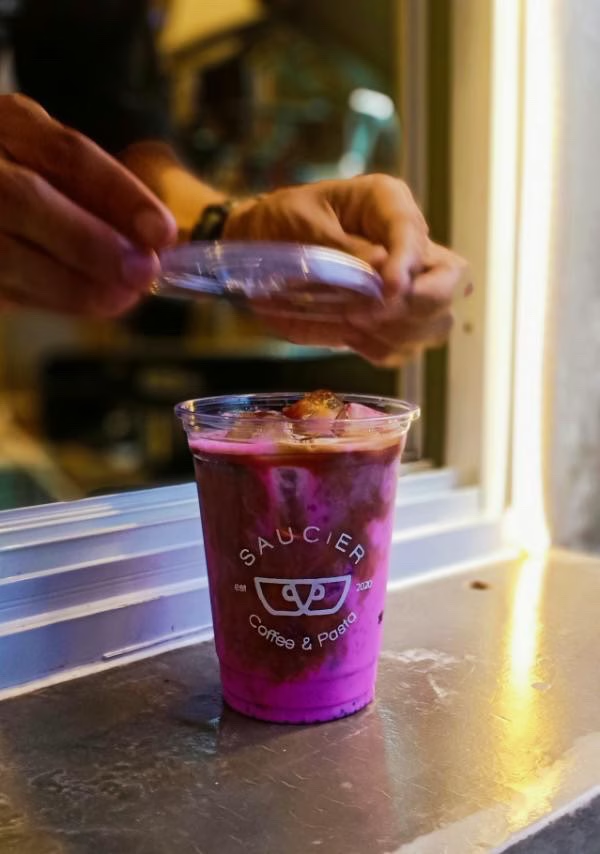
Located in the Fairview neighborhood of Quezon City, Philippines, Saucier Coffee Shop offers dragon fruit lattes seasonally. The shop shares that they created the drink to expand customers’ palates and show the wide variety of flavors that can go well with coffee.
Yuzu Dragon Fruit Matcha: Junbi
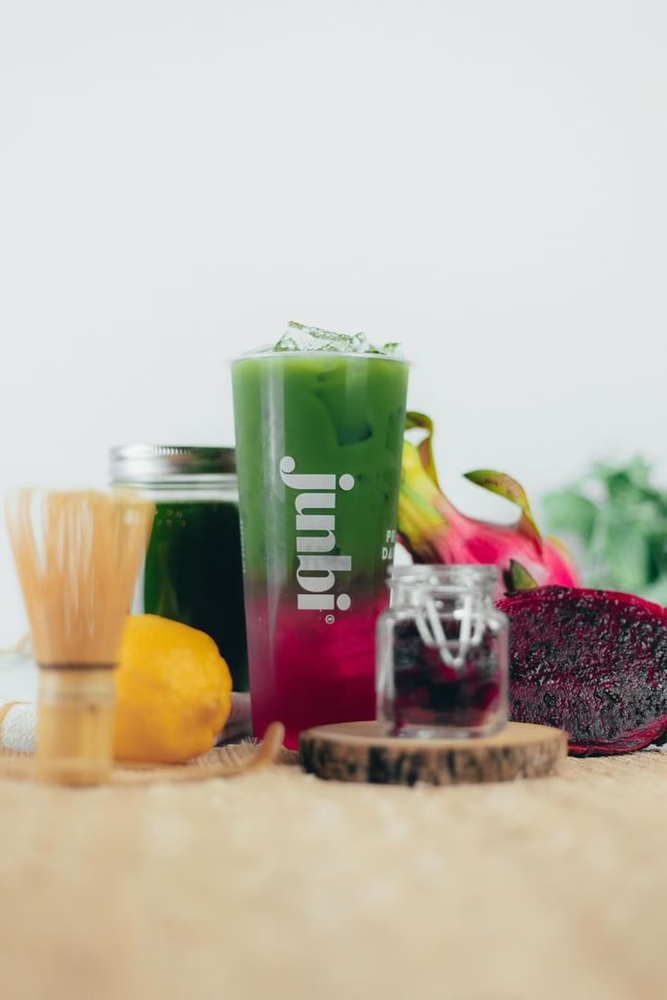
“Our yuzu dragon fruit matcha is one of our most popular and refreshing drinks,” the team at Junbi’s Waikiki, Hawaii, location says. “The yuzu dragon fruit is simply an extension of what makes Junbi so special. Our matcha comes from a 100+ year old farm, (and it’s) hand-picked, shade-grown, stone-ground, and cultivated with care. We stand by our matcha, and we hope everyone enjoys it as much as we do.”
Dragon Fruit on a Global Stage
Jackie Nguyen of Kansas City, Mo.’s Cafe Cà Phê (who is on the cover of Barista’s current issue) shares her experience collaborating with Torani to create their recently released dragon fruit syrup: an ode to her Vietnamese American upbringing. Through the collaboration, she hopes to spotlight Southeast Asian flavors on a global stage.
“We were so honored when Torani agreed to making a dragon fruit syrup with our staff. It was a really cool process,” Jackie says. “My shop exclusively serves flavors from Southeast Asia, and because we see different companies that carry a variety of crazy flavors like sour candy or bergamot, but not something simplistic to Asian culture, such as dragon fruit, we brought up concerns about the diversity of flavors that are (typically) offered. It was really cool that Torani developed this flavor and trusted us in the process.”
Recipe: Dragon Fruit + Calamansi Tonic
For those wanting to try out dragon fruit for themselves, I created this dragon fruit and calamansi tonic recipe, inspired by the flavors of my Filipino culture and using Torani’s dragon fruit syrup. You can find calamansi or calamansi juice at most Filipino or Asian markets, but if the ingredient isn’t readily available in your area, you can easily swap it out for lime juice!
Ingredients
1 oz. Torani Dragon Fruit Syrup
1 oz. calamansi juice (optional: swap for lime juice)
6 oz. sparkling water
Fill a glass with ice and sparkling water. Top with dragon fruit syrup and calamansi juice, pouring slowly on top of the ice in your glass to create a gradient effect. Optionally, you can add whisked matcha to create a matcha tonic. Mix before drinking and enjoy.
Subscribe and More!
As always, you can read Barista Magazine in paper or digital format. Read the December 2024 + January 2025 issue for free with our digital edition.
And for more than three years’ worth of issues, visit our digital edition archives here.



